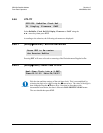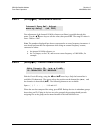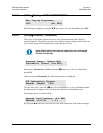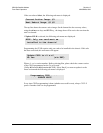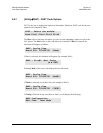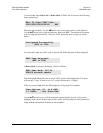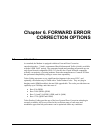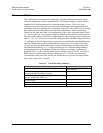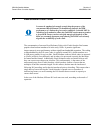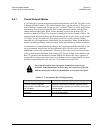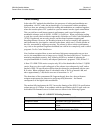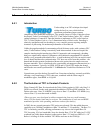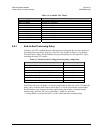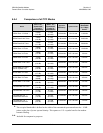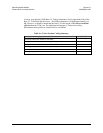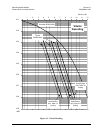
CDM-Qx Satellite Modem Revision 5
Forward Error Correction Options MN/CDMQx.IOM
6–3
6.3 Reed-Solomon Outer Codec
IMPORTANT
It cannot be emphasized strongly enough that the purpose of the
concatenated Reed-Solomon is to dramatically improve the BER
performance of a link under given noise conditions. It should NOT be
considered as a method to reduce the link EIRP requirement to produce
a given BER. Factors such as rain-fade margin, particularly at Ku-
band, are extremely important, and reducing link EIRP can seriously
degrade the availability of such a link.
The concatenation of an outer Reed-Solomon Codec with Viterbi decoder first became
popular when Intelsat introduced it in the early 1990's. It permits significant
improvements in error performance without significant bandwidth expansion. The coding
overhead added by the R-S outer Codec is typically around 10%, which translates to a
0.4 dB power penalty for a given link. Reed-Solomon codes are block codes (as opposed
to Viterbi, which is convolutional), and in order to be processed correctly the data must
be framed and de-framed. Additionally, Reed-Solomon codes are limited in how well
they can correct errors that occur in bursts. This, unfortunately, is the nature of the
uncorrected errors from Viterbi decoders, which produce clusters of errors that are
multiples of half the constraint length. For this reason, the data must be interleaved
following R-S encoding, and is then de-interleaved prior to decoding. This ensures that a
single burst of errors leaving the Viterbi decoder is spread out over a number of
interleaving frames, so errors entering the R-S decoder do not exceed its capacity to
correct those errors.
In the case of the Modem, different R-S code rates are used, according to the mode of
operation:



